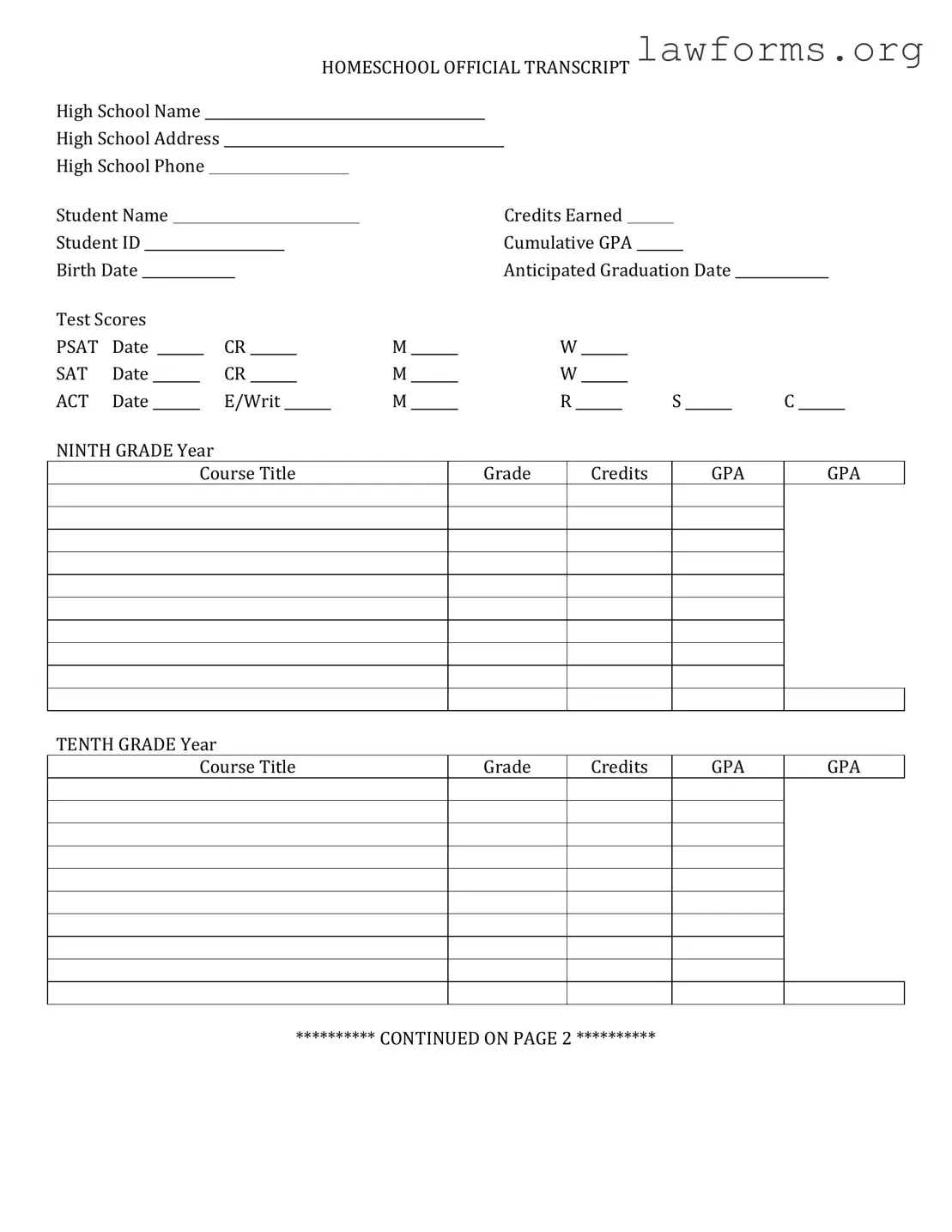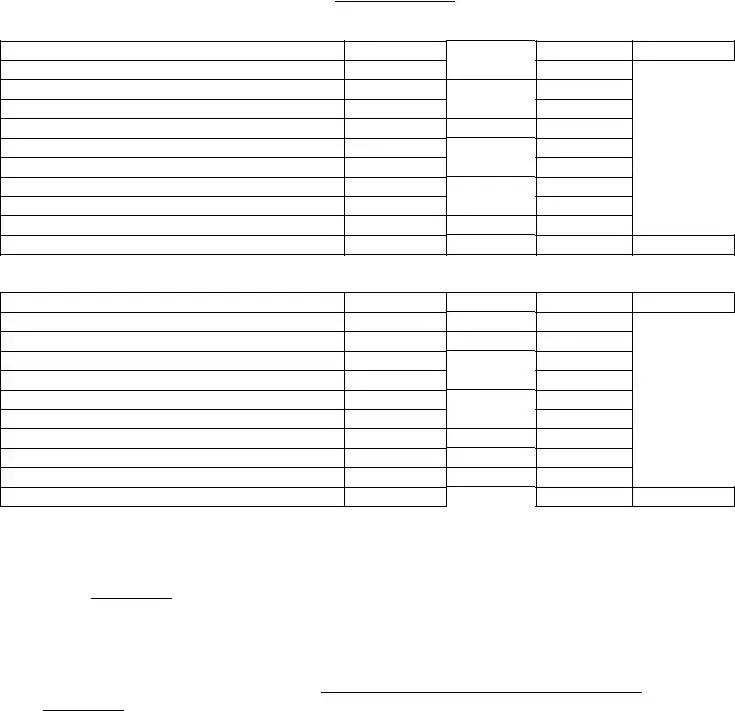Fill Out a Valid High School Transcript Template
The High School Transcript form is an official document that provides a detailed record of a student's academic achievements during high school. This form includes information such as courses taken, grades received, and graduation status. Completing this form is essential for college applications and other educational opportunities; click the button below to fill it out.
Customize Document Online


